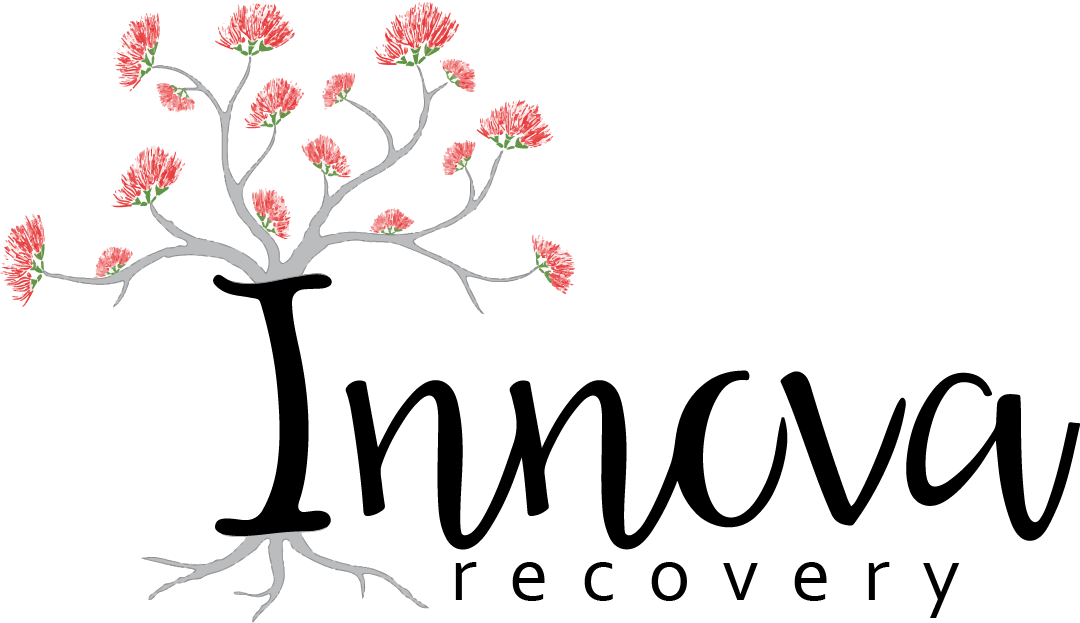Overview #
Acceptance and Commitment Therapy (ACT) was developed in the 1980s by Dr. Steven Hayes. It belongs to the ‘third wave’ of cognitive-behavioral therapies, integrating mindfulness and behavioral strategies.
ACT is built on the idea that we cannot always eliminate pain, but we can change how we relate to it. Instead of fighting difficult experiences, ACT teaches acceptance, mindfulness, and a focus on personal values.
For example, a trauma survivor may struggle with intrusive thoughts of blame. In ACT, instead of challenging the thought, they learn to notice it, label it as ‘just a thought,’ and redirect focus toward meaningful action aligned with their values.
How it Works #
ACT focuses on six core processes: Acceptance, Cognitive Defusion, Being Present, Self-as-Context, Values, and Committed Action. Together, these help clients build psychological flexibility — the ability to live well despite challenges.
- ACCEPTANCE – Allowing difficult thoughts and emotions without judgment.
- COGNITIVE DEFUSION – Learning to see thoughts as separate from the self.
- BEING PRESENT – Practicing mindfulness in daily life.
- SELF-AS-CONTEXT – Recognizing the observing self beyond experiences.
- VALUES – Identifying what truly matters.
- COMMITTED ACTION – Taking steps toward a meaningful life, guided by values.
Useful Tools #
- LEAVES ON A STREAM – A mindfulness exercise where clients visualize thoughts floating away on leaves.
- VALUES CLARIFICATION – Exercises to help clients define core life values.
- MINDFULNESS PRACTICES – Breathing, grounding, and body awareness.
- DEFUSION TECHNIQUES – Repeating a distressing thought until it loses intensity.
Interesting Facts #
- ACT does not try to eliminate symptoms but focuses on building resilience and flexibility.
- Research shows ACT is effective across many conditions, including PTSD, chronic pain, depression, and anxiety.
- ACT is used in over 30 countries and has inspired numerous self-help books and practices.
Conclusion #
Acceptance and Commitment Therapy (ACT) has been shown to reduce symptoms of anxiety, depression, and PTSD. It empowers clients to move beyond ‘the struggle’ with their pain and instead invest energy into living a fulfilling life. By connecting with values and taking committed action, clients can build resilience and purpose.
Download This Resource #
Save the printable PDF version of this article to reference or share anytime.







